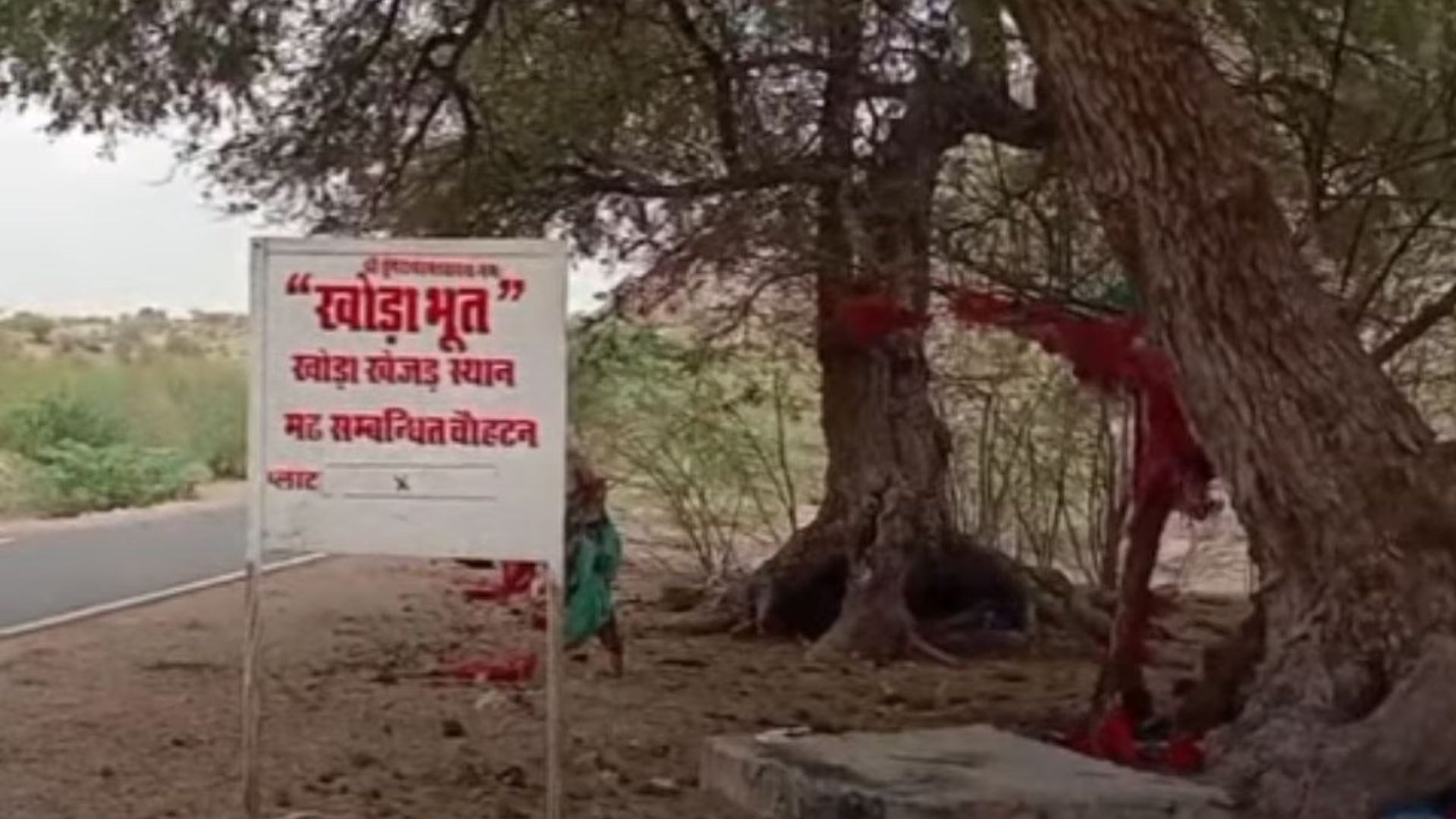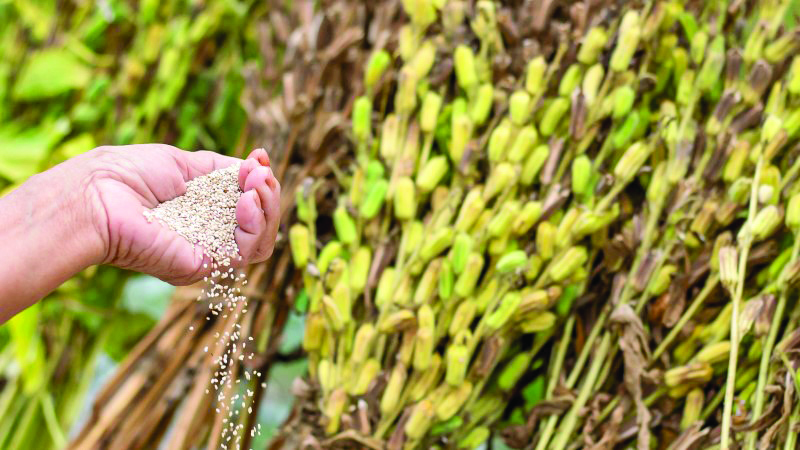Rajasthan is rich with ghost stories that have circulated for centuries, including the legend of the Khoda Bhoot in Barmer. This tale centers on a head priest from a nearby monastery who would feed ghosts every night. Growing suspicious of his master’s nocturnal disappearances, the priest’s disciple followed him one evening, uncovering the origins of the Khoda Bhoot legend.
In the Chohtan tehsil of Barmer, a Khejri tree is believed to be a gathering place for spirits. Bhavpuri, the head priest of the Chohtan monastery, would secretly feed these spirits under the cover of darkness. He kept his actions hidden, adding to the tale’s mystery.
The story goes that when Bhavpuri’s disciple followed him and witnessed the event, the ghosts vanished upon seeing the disciple. However, one spirit remained. Bhavpuri discovered that all the ghosts had disappeared, and upon calling out to them, only the lame ghost responded. The ghost explained that it was the only one left behind. Bhavpuri instructed the lame ghost to stay near the Khejri tree while he sought counsel from Durgapuri Maharaj.
Upon meeting Durgapuri, Bhavpuri humbly touched his feet. Durgapuri remarked, “it was inapt for a guru to show such respect to his disciple.” Bhavpuri expressed his wish to become Durgapuri’s disciple, but Durgapuri replied that this could only happen in the next life.
The legend continues with a local merchant named Seth, who was childless. Bhavpuri promised Seth he would have a child if he agreed to dedicate the child to the monastery. Bhavpuri was then reborn as Seth’s son and eventually became Durgapuri’s disciple.
Thus, the Khoda Bhoot story was born. In the local language, “Khoda” means lame, hence the name Khoda Bhoot. The Khejri tree, known as Khoda Bhoot, has a sign attached to it bearing the name. This spot has become a place of worship, located near a hill on the way to Bair Mata in Chohtan tehsil of Barmer. It is also referred to as Khoda Khejad Sthan or Khoda Devasthan, attracting newly married couples who come to offer their prayers.
The story of the Khoda Bhoot has brought attention to the Khejri tree, also known as the Shami tree, which holds significant cultural and ecological importance in Rajasthan. Revered since the time of the Mahabharata, it is believed that the Pandavas hid their weapons in this tree and worshipped it during their exile.
Beyond its cultural significance, the Khejri tree is notable for its resilience, being drought-resistant and capable of surviving in extreme conditions.














